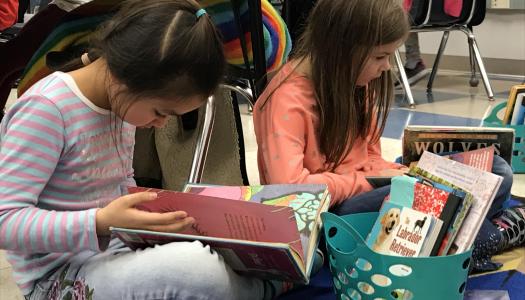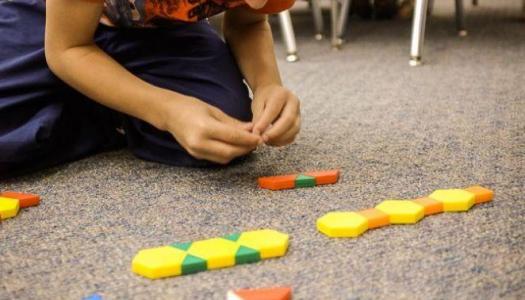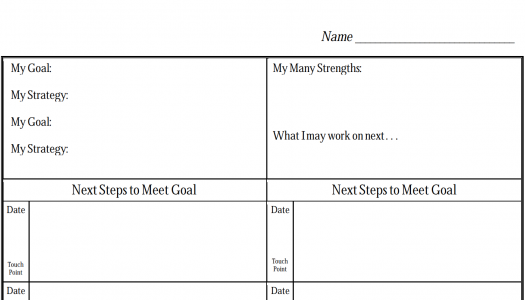Are They Really Reading?
Join Our Community
Access this resource now. Get up to three resources every month for free.
Choose from thousands of articles, lessons, guides, videos, and printables.
Once our systems and structures are in place, we begin to wonder: If we build it, will they read? How do we know our young friends are engaged in reading when we are teaching small groups and conferring? Here are some strategies we use to hold our readers accountable:
- Assessing the Room: As we move between our small groups and conferences, we try to make sure to scan the room and take note of our students' engagement. Who is reading? Who is under the table? Who has the book upside down?
.jpg) We take some quick notes to help us plan some upcoming "disposition or engagement strategy groups." These groups often start with, "I noticed that during reading you are typically..."
We take some quick notes to help us plan some upcoming "disposition or engagement strategy groups." These groups often start with, "I noticed that during reading you are typically..."- Using Student Goals: In our small groups and conferences we talk with students about their goals, and have them show us how they have been working on them. For example, if they are working on an accuracy goal, we might listen to them read aloud briefly and then talk with them about the accuracy strategy they are using. If they aren't using the strategy independently, we revisit the strategy and send them off to read their book, scheduling a follow-up conference for later that day or the next day. When we link reading to goals, we find that students will hold themselves accountable.
- Using Student Notebooks: When readers are using a notebooks to respond or to track their thinking, we have them share the work in their notebooks in our small groups and conferences. These readers typically have more comprehension goals, and we need to hear about the analysis they are doing. If a reader has notes and can talk to us about characters and themes, we get a transparent look into their thinking and comprehension of the text.
These instructional strategies help us gather data about which students need more support in developing focus or stamina in their independent reading. Once we notice a problem, we need to dig deeper and figure out why the reader is not reading. We find that typically there is a reason?once we figure it out, we design a series of small-group or individual lessons to support the reader in the area of weakness.






